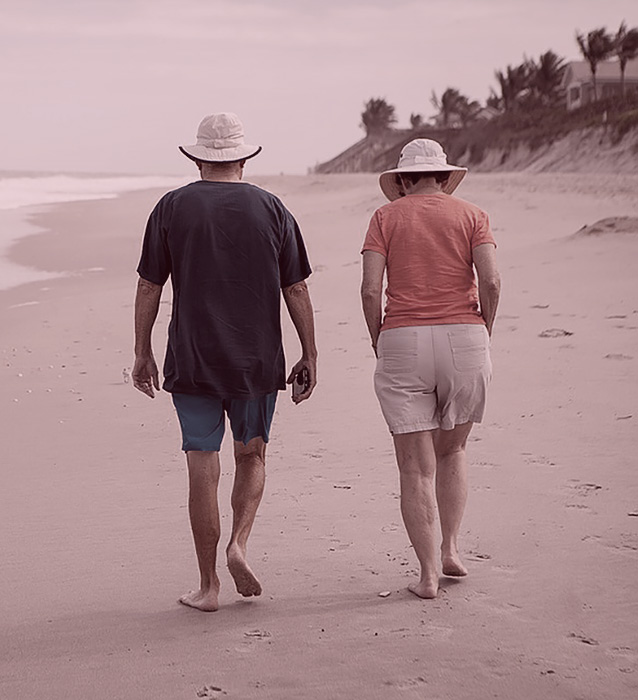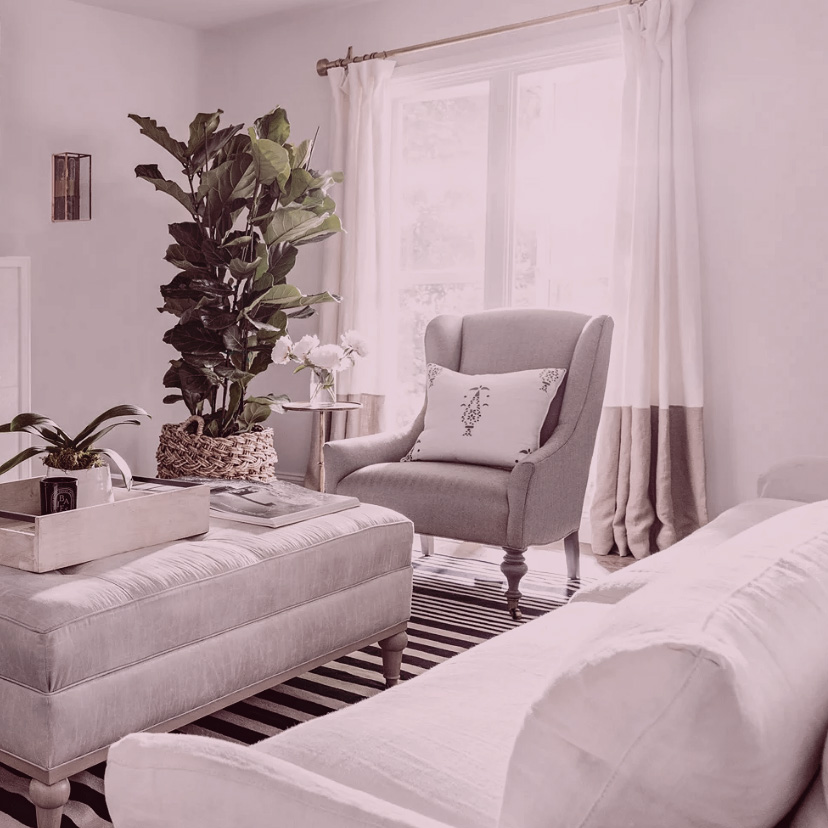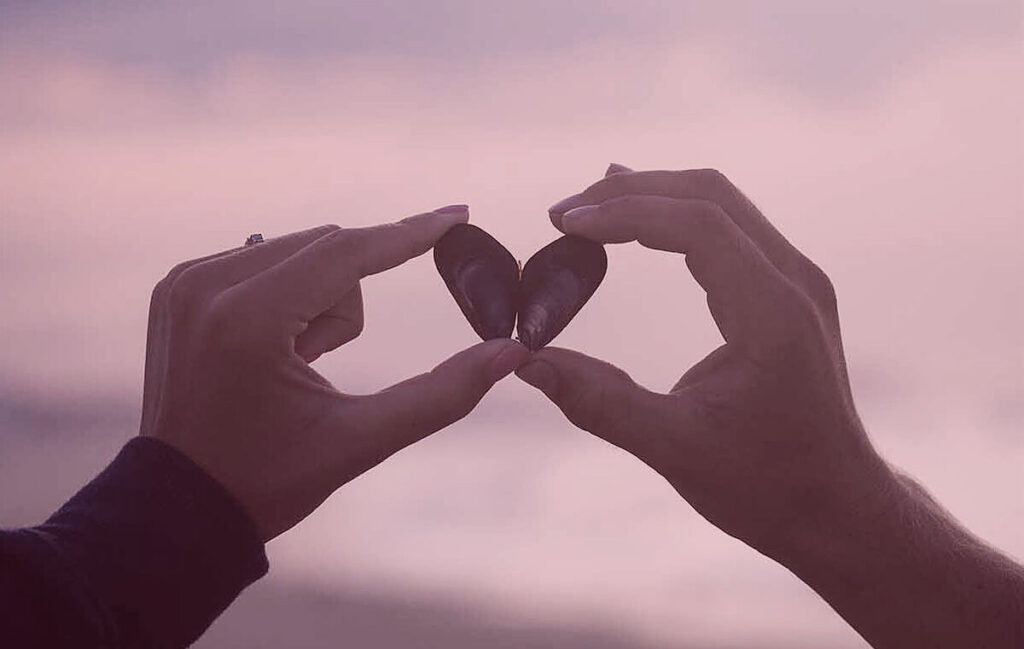MINDFULNESS
Mindfulness is a state of awareness of ‘here and now’ and things that we do currently.
Those exercises can be practiced also during stressful situations and applied daily.
Anything can become your mindfulness exercise throughout the day. It will help you focus on your current situation. If you practice mindfulness frequently enough it can become your coping mechanism during stressful situations. That is why it is so important to practice even when you are not anxious.
The connection of the mind to the body, surroundings, and situations is extremely helpful when anxiety takes over.
If some thoughts or feelings come to you perform a process that I also recommend during meditation. When they come try to capture them in a bubble and give them a brief moment on a stage so that they can give you a message that they carry. (what is the purpose of a certain thought or a feeling?).
Then do a simple classification:
Is it a Thought or a Feeling?
Is it Positive / Negative or Neutral?
Is it Judging you or Not Judging you?
Then release this visitor, and you can watch that bubbe float away from you.
It’s ok if thoughts and feelings come back, just do the same process. It is a great practice and the more you do it the easier it gets. This is the most important process during your Mindfulness practice and you can apply it with any of the following exercises.
To grasp the idea behind this procedure please do the ‘Mind Watching Exercise’. It is an alternative to the ‘Bubble Wand Procedure’ which is included in the guided exercises below.
Mind Watching Exercise
Sit comfortably and close your eyes. Start taking deep and calm breaths using your diaphragm, focus your attention on your breathing.
Now imagine that your mind is a white room with 2 doors at the beginning of your mind and the other one at the end. While you are focusing on breathing thoughts will come, it’s only natural that they will. You can let them in through the front door of your mind. Then you can classify them as judging or non-judgemental. The point of the exercise is to simply observe the thoughts which are coming in, not to act on them or have an emotional reaction to them. When you observe the thought and acknowledge it you can let it out through the back door, but do not try to push it out.
This exercise allows your thoughts to have their brief moment on stage and then the opportunity for you to let them go without a reaction.
Exercise
Listen to the audio recording below and try to follow the instructions.
Alex Player - Audio player for Wordpress
ANXIETY
Anxiety is a very uncomfortable state of mind when people tend to spiral through intrusive thoughts and distressing bodily sensations. Some of the sensations may include a weird feeling in your chest, sweaty palms, more perspiration, racing heart, numbness in your limbs or different parts of the body, and pain at the back of the head near your neck. There are many ways in which anxiety manifests. The symptoms may be as confusing as hair falling out or red spots on your body. The body has its ways to show us that our internal system is overworked, overstimulated, and distressed.
When this happens and your life becomes affected by constant anxiety it is important to take a step back and start addressing the issue. Anxiety is overwhelming and it can seem like there is no way out, however, with practice and determination it can be managed.
The basics for managing anxiety are mindfulness, meditation, and physical exercises. Very important is to try to accept it and be with it instead of trying to get rid of it. Make anxiety your best friend, because it just tells you that there is something wrong. If you try fighting it, it will only get more persistent because fight comes from fear of it and anxiety is essentially fear of fear.
Really embracing this phenomenon is to look it in the eye and don’t let it scare you. Mindfulness lets you sit down with your fear of fear and make you focus on something else which will ground you and help you to relax. I know it may sound a bit strange at first, but since your anxiety is not going anywhere you might as well try to accommodate it. And the more you try, the easier it gets.
More about how anxiety comes about and how our brain works in the next post about Trauma and Anxiety Healing.
Basic Mindfulness Exercise
Sit and have a look around you, find one piece of the environment/ architecture/ whatever you want. And describe it in your head. Switch to a different piece and repeat. Thoughts and stress may come but it is important to acknowledge them and switch back to describing the elements of the environment.
STOPP Technique
S – Stop!
The first letter stands for ‘Stop!’. It means that you need to learn to acknowledge that you are overwhelmed by emotions such as anger or that you are stressed and Stop whatever you are saying or doing. When you are overwhelmed or angry this might not be the best time to state your opinion or act. If the situation does not permit you to stop, try to focus on one object in the room and bring yourself back to a balanced state or focus on your breath.
T – Take a breath
Your breathing pattern is closely connected to your emotional state. If you are stressed you are likely to take shorter and more rapid breaths because you are not getting enough air. When we are stressed our body can go into a ‘Fight, Flight, Freeze, Fawn or Submit a response. This response comes from our ‘reptilian’ part of the mind. The part that relies on instincts to avoid getting hurt. Our ancestors were running from tigers but our opponent can be even more dangerous because we don’t always see it. Meetings, phone calls, emails, obligations. We cannot just run from them, literally fight them or just freeze. But they create the same automatic response. Our logically thinking brain cannot make out what should be done to avoid the stress so the tension piles up in our bodies and comes out as sweating, trembling, headaches, numbness, dissociation, even red spots on our bodies. Anxiety manifests differently for everyone but it prepares us for escape.
That is why it is so important to focus on your breath and try to normalise it. Take a few deep breaths or hold your breath for 8-10 seconds. This will let your body know that it is not in any danger. This way we can override our automatic response.
O – Observe
Do a reality check. Where are you? How serious is the situation? What am I thinking and feeling? What are the words that my mind is saying? Is this fact or opinion? Descriptions or evaluations? Accurate or inaccurate? Helpful or unhelpful? What unhelpful thinking habit am I using (e.g. mind-reading, negative filter, thinking the worst)? Where is my focus of attention? What metaphor could I use?
P – Pull back / Put things in perspective
See the situation as an outside observer. What would a fly on the wall see? Is there another way of looking at it? What would someone else see and make of it? What advice would I give to someone else? What’s ‘the helicopter view’? What meaning am I giving this event for me to react in this way? How important is it right now, and will it be in 6 months? Is my reaction in proportion to the actual event?
P – Practice what works
Do what works, what is most helpful. Play to your Principles and Values. Will it be effective and appropriate? Is it in proportion to the event? Is it in keeping with my values and principles? What will be the consequences of my action? What is best for me and most helpful for this situation?

Mindful Walk
Take a walk by yourself and focus on your body or surroundings.
Body: What are sensations in your body? Check from the top of your head to your toes. What does the ground underneath your feet feel like? Is it hard or soft? How do your muscles feel when you take a step? How do your lungs feel when you take a breath?
Surroundings: What can you see? Describe your surroundings. What can you hear? What can you smell? Is the air cold or warm? Can you see the sun?
Exercise
Listen to the audio recording below and try to follow the instructions.
5 4 3 2 1 Exercise
Find:
- 5 things in the room that you can see around you.
- 4 things that you can feel
(eg. clothes, materials, air, sensations like cold or warmth) - 3 things that you can hear.
- 2 things that you can smell.
- 1 thing that you can taste.
Exercise
Listen to the audio recording below and try to follow the instructions.

Mindful Eating
Many people tend to eat and do other things such as watching TV, reading, looking at their phones. Why not take this opportunity and practice?
Focus only on this activity. Try to think about different flavours which you can taste, describe them in your mind. What is texture? Which flavour do you like? And which ones are not as pleasurable? What is the smell? What can you hear when you take a bite? Focus on all of those sensations associated with eating and you will have a totally different experience when you use all of your senses.
Exercise
Listen to the audio recording below and try to follow the instructions.
Mindful Masturbation
Often used for sexual problems such as erectile dysfunction, vaginal pain, etc. It can intensify the sensations and enhance sexual function. You can use lubricants and toys if you have any.
Get yourself in the right head-space: get naked in front of a mirror, name things that you like about yourself, show yourself some kindness! Everyone has something beautiful about them. None of us is perfect. It can be nice eyes, arms, even fingers or lashes! You can also name your inner strengths. Be appealing to yourself, self love is one of the most important things when it comes to relationships, life, and sex. It gives you the confidence to ask for what you want.
Get comfy, you can do it in your usual spot or mix it up and try the kitchen or living room!
Use your hands or toys. Close your eyes and focus on your body. To get yourself going, start with your favourite fantasies. Can be anything and anyone you like. Remember! Fantasies are not the real world, you do not need to be ashamed of them.
Most important rule: Orgasm is not the goal!
The pleasure and getting to know yourself is!
As you experience all kinds of sensations, you start to acknowledge them. What sensations can you feel in your legs? Hands? Breasts? Stomach? Genitals? Head? Neck?
Then change the positions of the toy or masturbate in different ways and describe your sensations again. The point is for you to start feeling the masturbation with your whole body and mind and for you to check what works the best.
Message today to try anxiety therapy and trauma therapy. If you’ve experienced sexual trauma Love Empowerment Clinic can help as well. Try art therapy trauma approaches and mind-body mindfulness approaches to healing.







